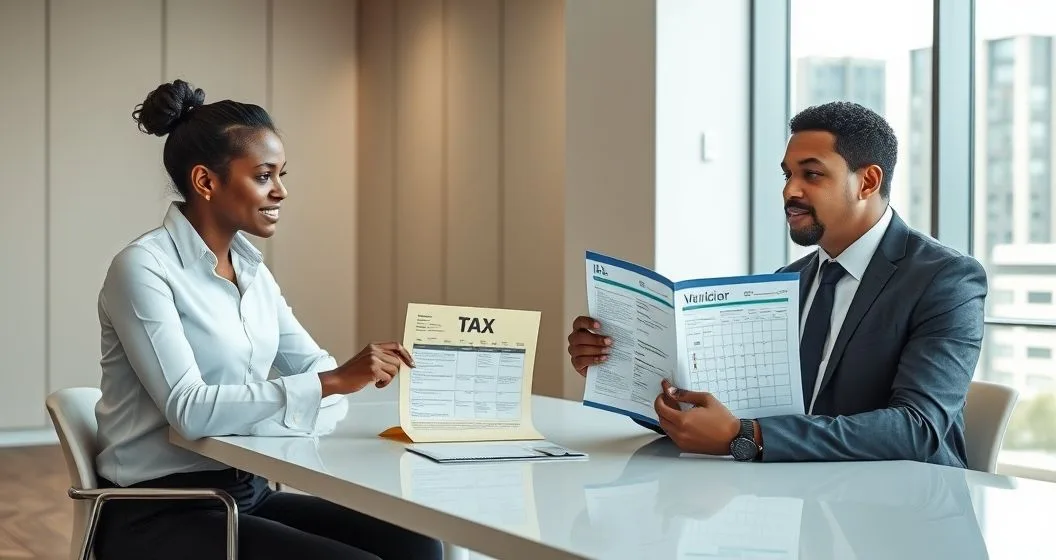How these notices work
The IRS uses mailed notices (CP and CP/Notice series and formal letters like a Notice of Deficiency) to communicate about issues with returns, payments, identity verification, or audits. Each notice includes a code, a short explanation, any tax change or balance due, and a response deadline. Always read the notice header—your action and the timeframe will be printed there (for a general IRS guide, see IRS: “Understanding Your IRS Notice”).
In my 15+ years advising clients, quick triage of an IRS letter—identify the code, check the deadline, and compare the IRS claim to your records—resolves most problems before they escalate.
Common notices and immediate first steps
Below are typical notices you may receive and the right first moves.
| Notice | What it means | Suggested first step |
|---|---|---|
| CP2000 | IRS data (payer forms) doesn’t match your return | Compare IRS figures to W-2s/1099s and respond with proof or agree and pay/arrange payment. |
| CP14 / CP501 | Balance due or past-due reminder | Verify amount, pay online or contact IRS for payment options; keep proof. |
| CP3219A / Statutory Notice of Deficiency (90‑day letter) | IRS proposes changes and gives 90 days to challenge in Tax Court | Contact a tax professional immediately; consider filing a petition or filing an amended return if appropriate. |
| Letter 5666 / Identity verification notice | IRS needs identity confirmation to process return | Use the IR S instructions to verify identity online or by phone; follow contact info on the letter. |
| LT or Final Notice of Intent to Levy | IRS plans to seize assets if unpaid | Act fast: call the number on the notice, request a hold, or seek installment/offer-in-compromise options. |
Note: deadlines vary by notice—check the date printed on your letter. Many CP notices request a response within 30 days; a Notice of Deficiency gives 90 days (150 if out of the U.S.).
Quick checklist: the first 10–30 minutes after opening a notice
- Read the top section to identify the notice code and deadline.
- Confirm the notice is legitimate (do not click links in suspicious emails). See our guide: How to Verify an IRS Notice Is Legitimate and Not a Scam.
- Compare the IRS figures to your tax return and supporting documents (W-2s, 1099s, receipts).
- Take a photo/scan of the notice and save it to your tax folder.
- If you owe money and can’t pay, contact the IRS right away to discuss payment plans—interest and penalties can grow.
When to respond in writing vs. when to pay
If the notice disputes amounts or requests documentation (e.g., CP2000), respond in writing with copies of supporting documents. If the notice is a correct bill and you can pay, paying promptly often minimizes interest and collection steps. Where you’re unsure, respond to the IRS stating you are reviewing and request an extension if needed.
Common mistakes to avoid
- Ignoring the notice. Silence can trigger penalties, liens, or levies.
- Sending original documents—always send copies and keep records.
- Calling without first noting the notice code and your tax year—this slows resolution.
When to get professional help
Hire a tax pro if the notice involves complex items (business income, multiple years, criminal allegations, or a Notice of Deficiency). For tactical help on responses and documentation, see our practical guide: How to Read an IRS Notice: Quick Guide to Next Steps and Deadlines. In my practice, professionals often reduce liability and prevent escalation by negotiating payment plans or substantiating deductions.
Documentation and recordkeeping tips
Keep a dated folder (digital and physical) containing: the notice, your tax return for that year, all supporting forms (W-2s, 1099s), correspondence sent/received, and notes from phone calls (name, badge number, date, time). Use IRS transcripts (Get Transcript service) to cross-check what the IRS shows on file.
Sources and legal note
Authoritative resources: IRS, “Understanding Your IRS Notice” (https://www.irs.gov/individuals/understanding-your-irs-notice) and the IRS newsroom on scams (https://www.irs.gov/newsroom/tax-scams-consumer-alerts).
This article is educational only and not individualized tax advice. For a formal tax position, consult a licensed tax professional, enrolled agent, or tax attorney.
Bottom line
Treat every IRS notice as time-sensitive. Identify the notice code and deadline, verify legitimacy, gather supporting documents, and respond promptly—either by contesting with evidence or by arranging payment. Early, organized action prevents most notices from becoming larger collection or audit problems.



